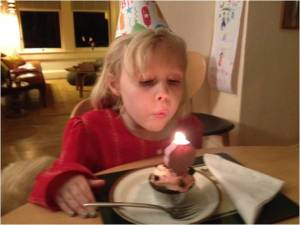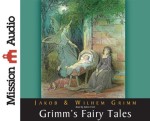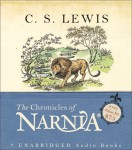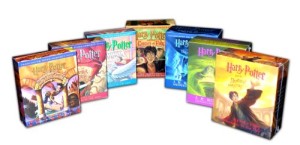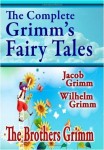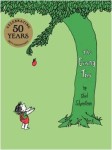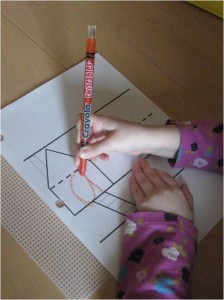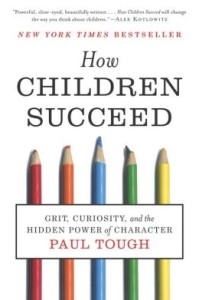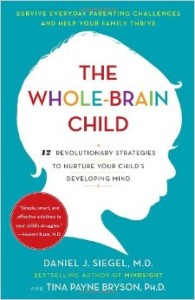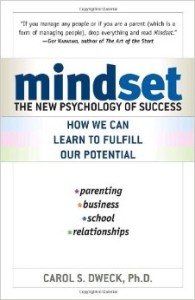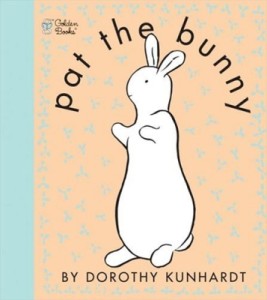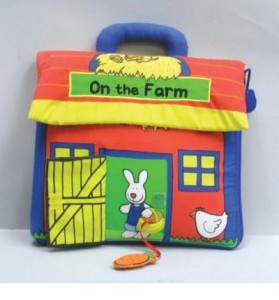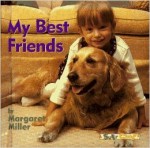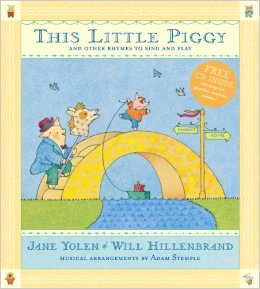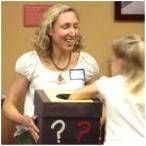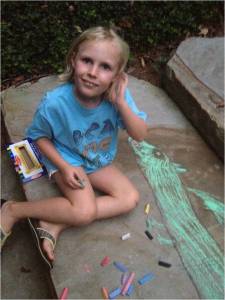 Your child will benefit from tutoring whether she needs some enrichment in reading or is struggling. Regardless of the reason to start with a tutor, remember: “It’s never too late!”
Your child will benefit from tutoring whether she needs some enrichment in reading or is struggling. Regardless of the reason to start with a tutor, remember: “It’s never too late!”
Some of my parents who call me about tutoring feel guilty for either not catching the learning challenge or waiting too long to begin tutoring. I tell them not to feel guilty. Until your child is in school and her teacher lets you know, your child’s underlying academic difficulties may be hard to see. Knowing when your child might benefit from tutoring is even less evident. Sometimes as a parent, you might not know until your child’s teacher recommends tutoring.
Your enthusiasm is critical when your child needs tutoring. Focus on your child’s strengths and challenges, both in a positive way. Remember that overcoming challenges and learning new strategies takes time. Continue to have high expectations, but give your child time to learn new skills. Your child’s tutor can give you a gauge of your child’s pace after a few sessions and suggest strategies that you can use to encourage your child.
For example, I often tell my parents to track words for their child as she reads aloud to help with missed words and help increase fluency. Additionally, I find that some of my students who have dyslexia and struggle with reading will also have very strong listening comprehension skills. Therefore, I often suggest to my parents that they balance challenging their child to read books with playing to their child’s strength by providing audio books.
If your child is dyslexic, make your focus her strengths, not her label. I see this happen with parents sometimes – forgetting that their child is so much more than the label would suggest. In many ways, parents are better off just eliminating the label when they talk to their child about having dyslexia. Otherwise, their child may start to think, “I’m the child with dyslexia. That’s why I can’t spell.” Instead, focus on strategies that help your child be successful.
For example, your child’s tutor might find that she is having difficulties with her reading comprehension in her science text. A tutor might recommend that you help in between sessions by using the strategy of reading the questions at the end of your child’s science chapters before she starts reading the text for specific information. This allows your child to think about the information that she should look for as she reads.
We all learn in different ways and that’s the key message to tell your child. I often tell my daughter that although I’m a great speller, I have to work harder on math. This makes her realize that we all have skills to improve upon. As a tutor, I often say this to my students, “We all have strengths and weaknesses.”
So remember, be positive and embrace your child’s learning challenges just as you do her strengths. Tutoring is a great way to help your child feel more confident and catch up on her skills. Remind yourself that you are an amazing parent because you are helping your child tackle challenges and build on strengths. As a parent of an incredible 8-year-old daughter, I remind myself of this each day.
What are ways you help your child to overcome challenges?
Like this:
Like Loading...
